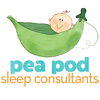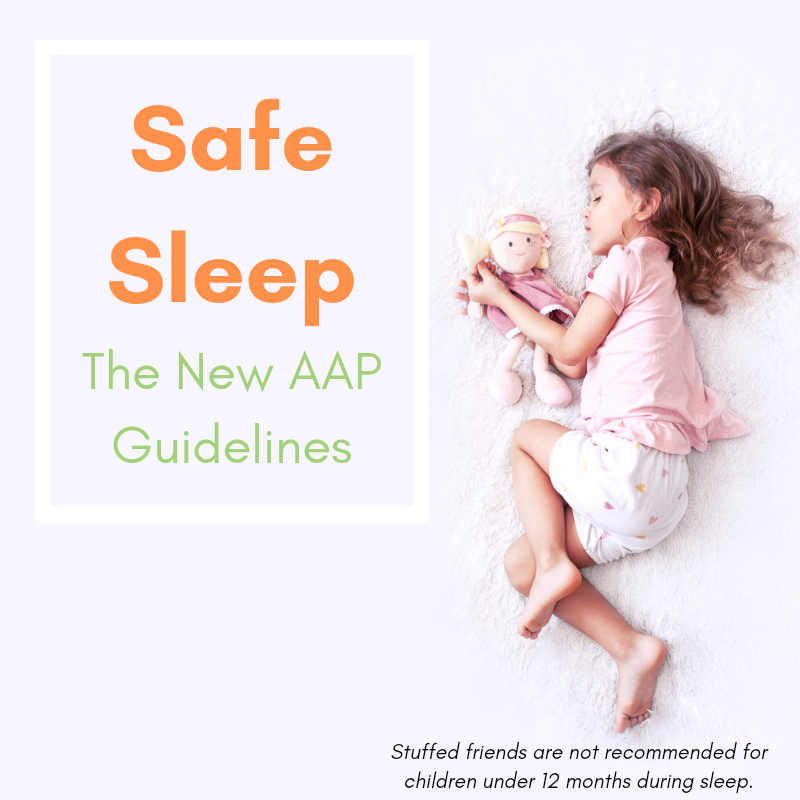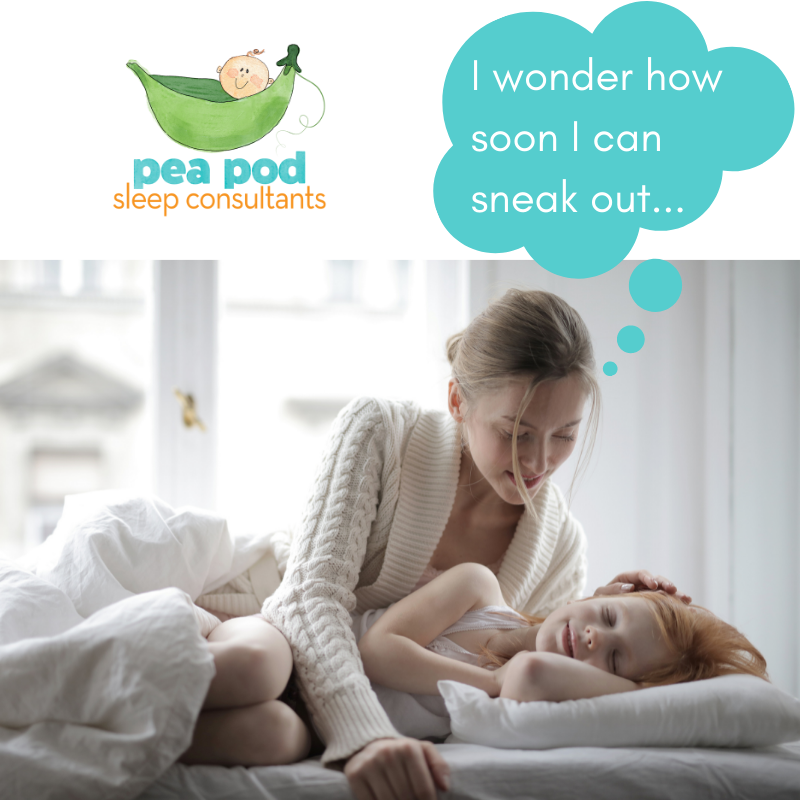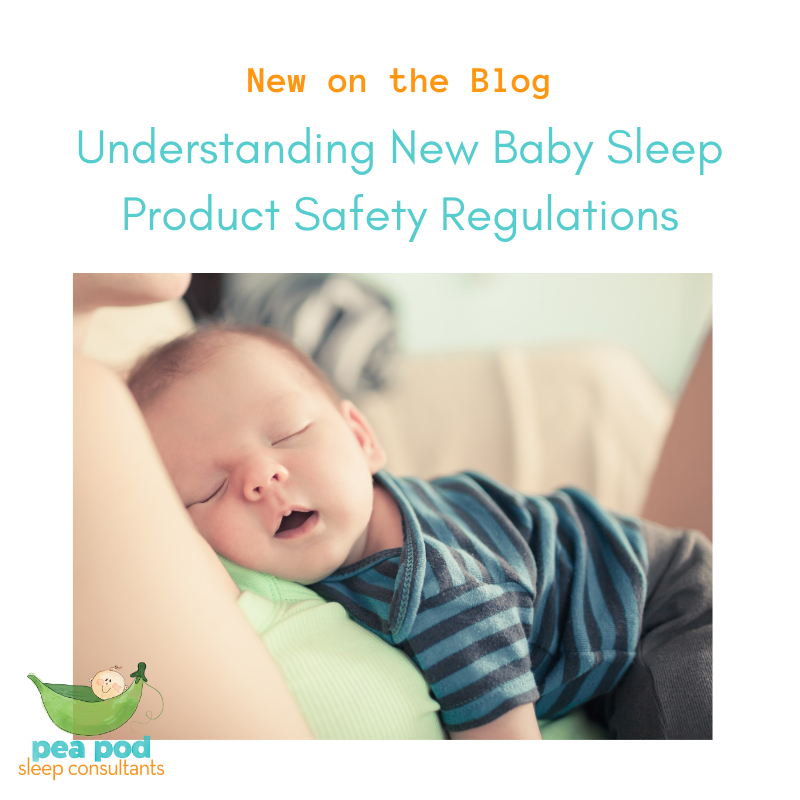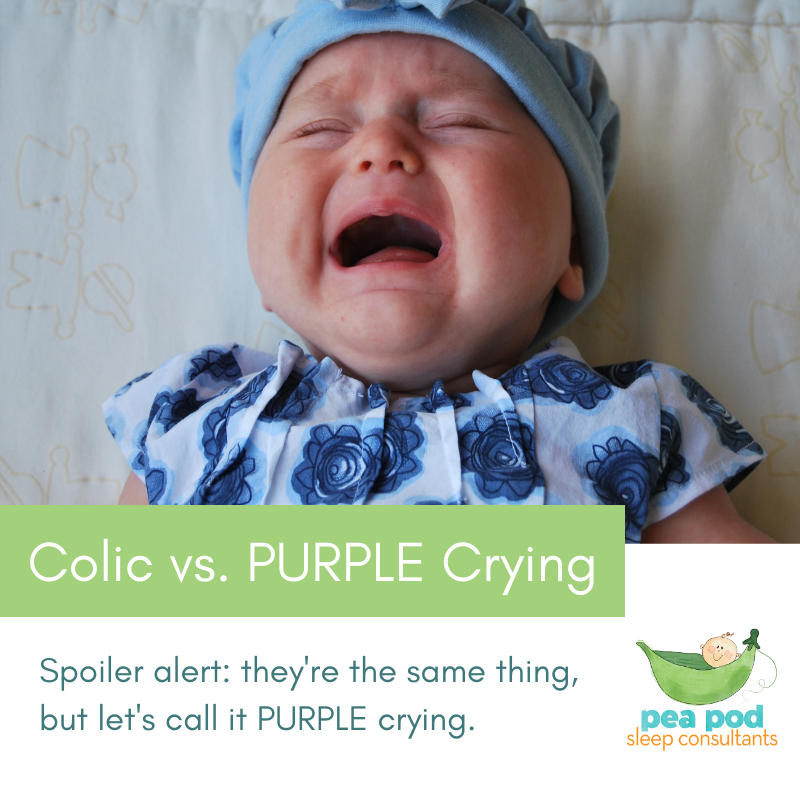Variety is the spice of life, but that’s not true when we talk about baby sleep!
As new parents, we want our babies to have predictable sleep patterns. It’s frustrating and exhausting when they don’t. Unfortunately, it’s also normal for newborn sleep to be inconsistent. The best chance you have of catching as many Z’s as possible is to understand baby and child sleep cycles!
Newborn Sleep Cycles
New babies have two stages of sleep. There’s rapid eye movement (REM) sleep and non-rapid eye movement (non-REM) sleep. REM sleep is also known as active sleep, while non-REM is considered quiet sleep. A complete newborn sleep cycle includes both REM and non-REM sleep. During each sleep cycle, newborns spend an equal amount of time in each stage. During active sleep, baby’s eyelids may flutter, their mouth might move, they might twitch and their breathing might speed up. During quiet sleep, your baby remains still.
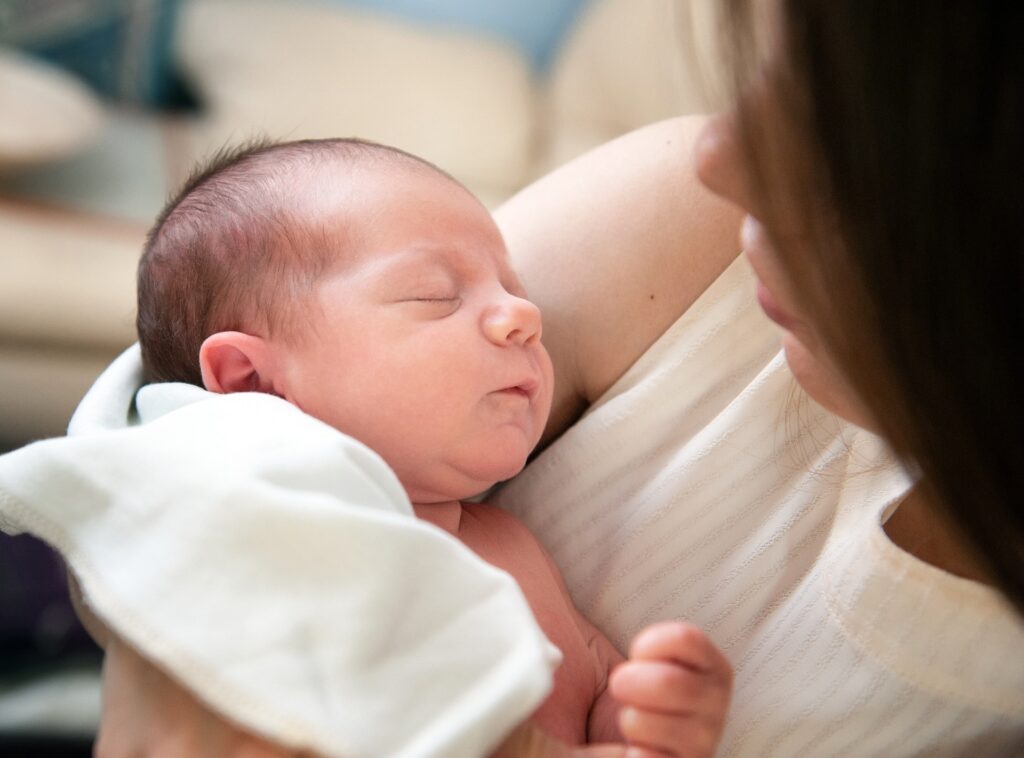
Sleep Cycles Change With Your Baby
Between three and six months, babies develop a predictable circadian rhythm. This is when their sleep cycles lengthen to about 45 minutes. By six months, each cycle may be 60 – 75 minutes or longer. During this time, non-REM sleep develops into three stages.
- Phase I – Very light sleep The eyes are closed. Your baby is relaxed but not quite asleep.
- Phase II – The heart rate slows down; body temperature decreases and muscles relax.
- Phase III – Deep sleep
During Phase I and Phase II, baby can wake up easily. During Phase III, or deep sleep, it is harder to wake a baby (or grown up, for that matter!)
Baby and Child Sleep Cycles- They Grow Up So Fast
Throughout childhood, sleep cycles progress to looking more like adult sleep cycles. By the time we reach adulthood, sleep cycles lengthen to 90 – 120 minutes. Adults spend approximately 20% of sleep time in REM sleep, whereas newborns spend 50% of their sleep time in REM sleep.
Using Baby and Child Sleep Knowledge to Get More Sleep
Newborn parents often check on their babies*, see them moving or hear them making noises and think baby is awake! We naturally want to jump in and help soothe baby to sleep. Plus, newborn parents are exhausted and want more sleep- whatever it takes!
All of that said, the best way to help your baby sleep is understanding that movements and noise in REM sleep are normal. If you can wait to intervene until baby lets out a true cry, your baby has a chance to embark on the next sleep stage independently.
At the end of a sleep cycle, a baby (or an adult) either wakes up or just goes on to the next sleep cycle. Babies who sleep through the night, transition easily from one sleep cycle to the next without waking. Or, they may wake briefly (without you even noticing) and self-soothe back to sleep. This is where sleep associations come into play. If your baby associates falling asleep with holding, rocking, bouncing or feeding, they’ll want your help moving between each sleep cycle. If you’re exhausted, helping your baby learn to connect those sleep cycles gives both of you the gift of more sleep!
*If you find yourself checking your baby’s sleep so much that you can’t sleep when they sleep or it interferes with your functioning, please reach out to your medical team. This may be a sign of a perinatal mental health condition requiring additional support and/or treatment.
